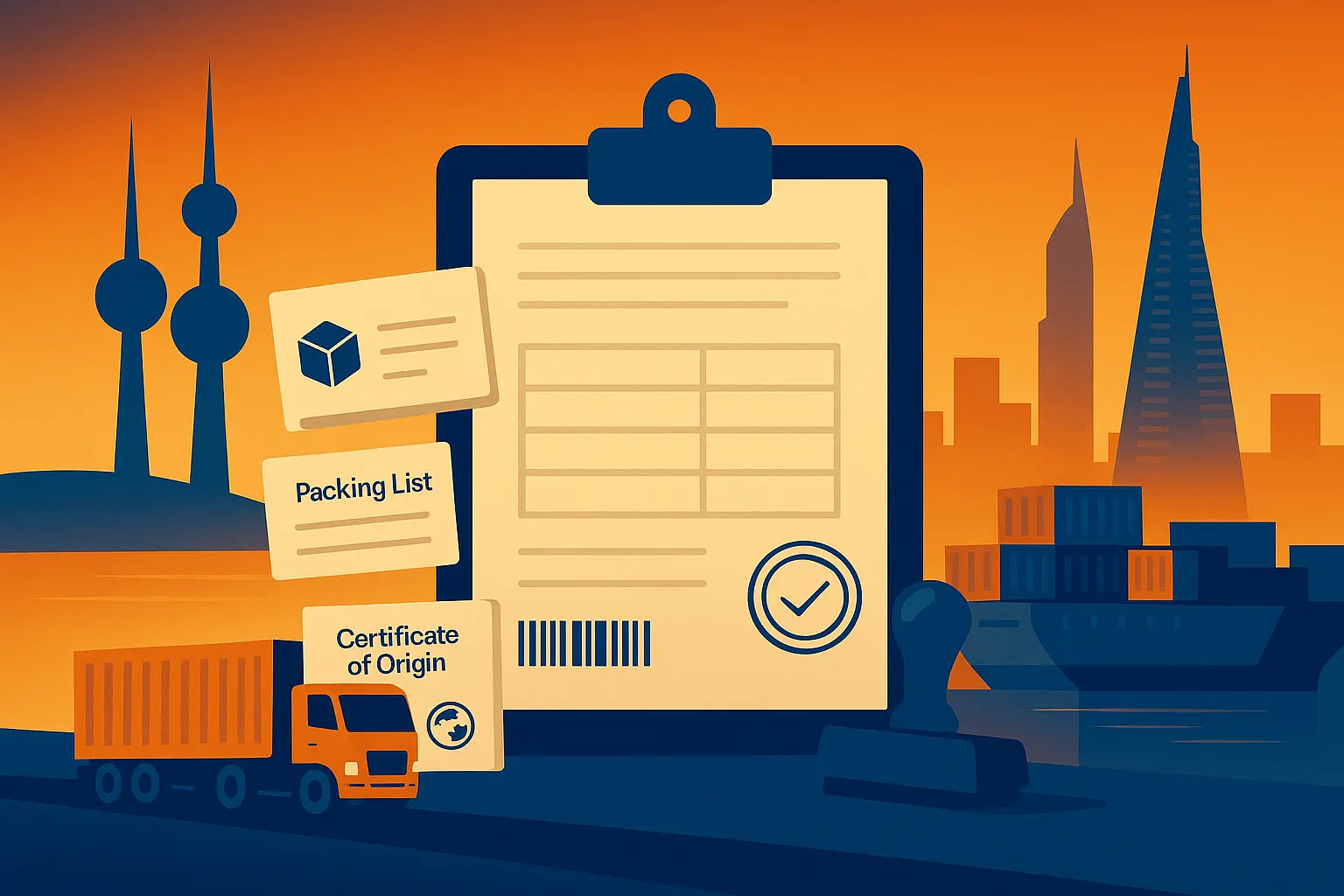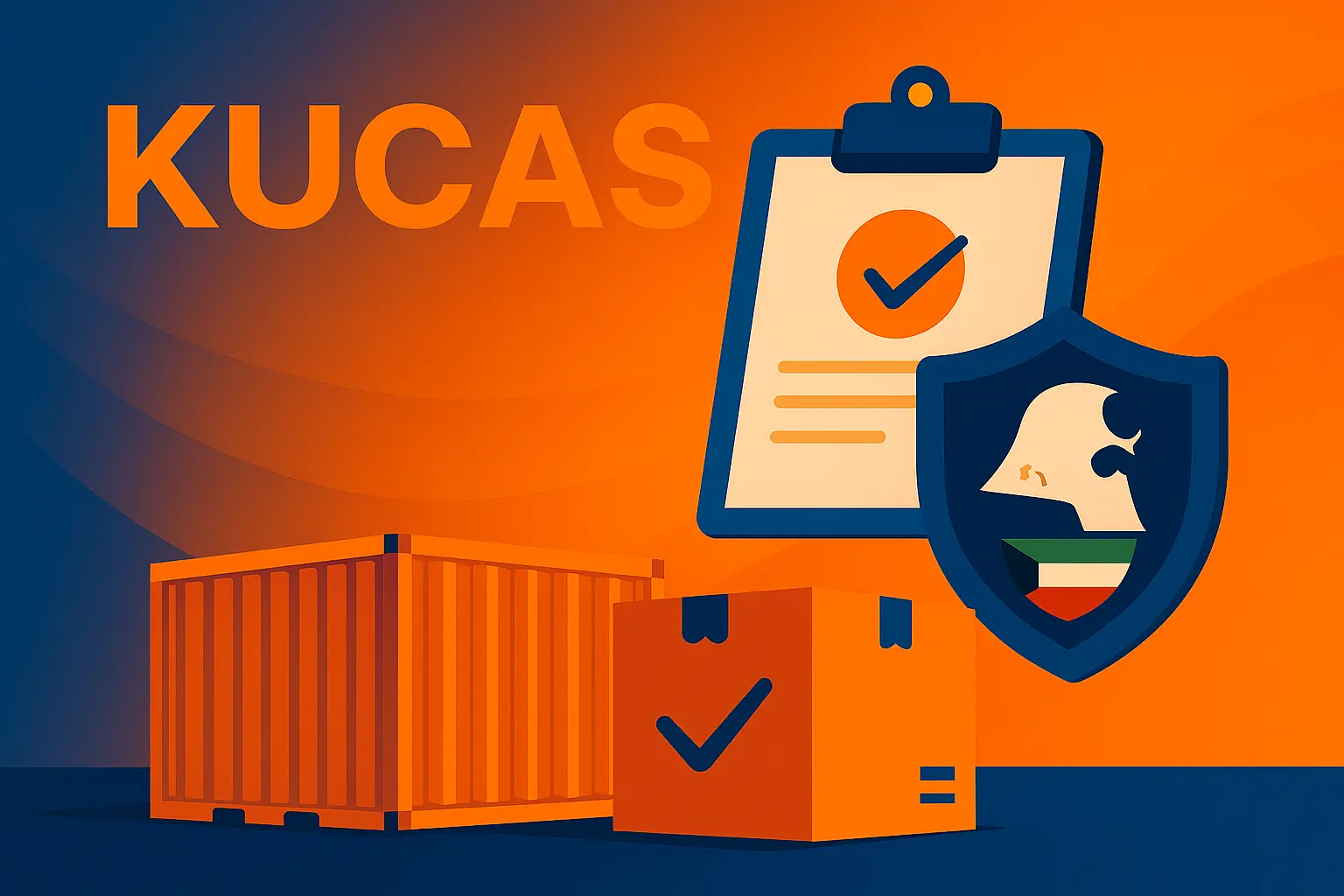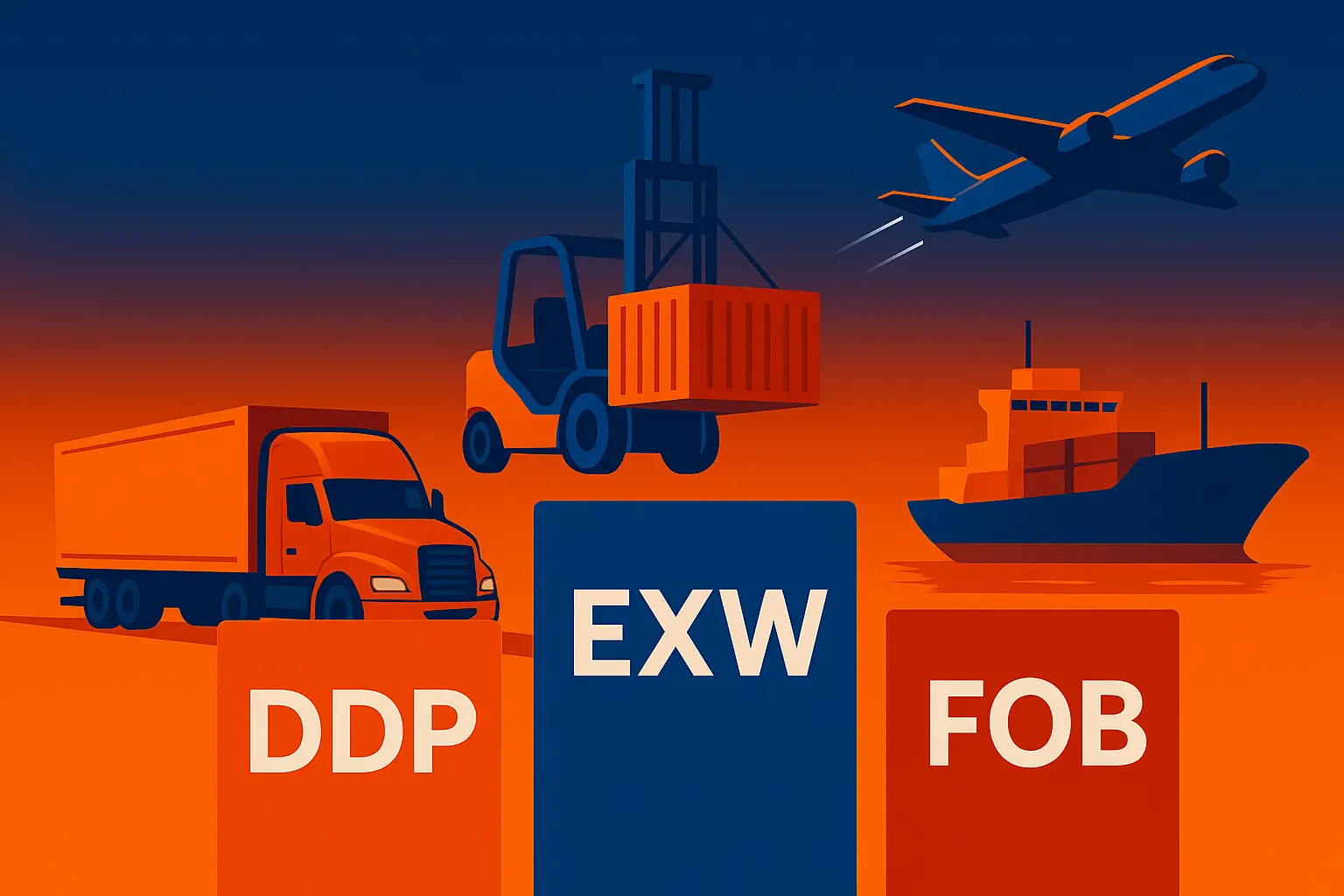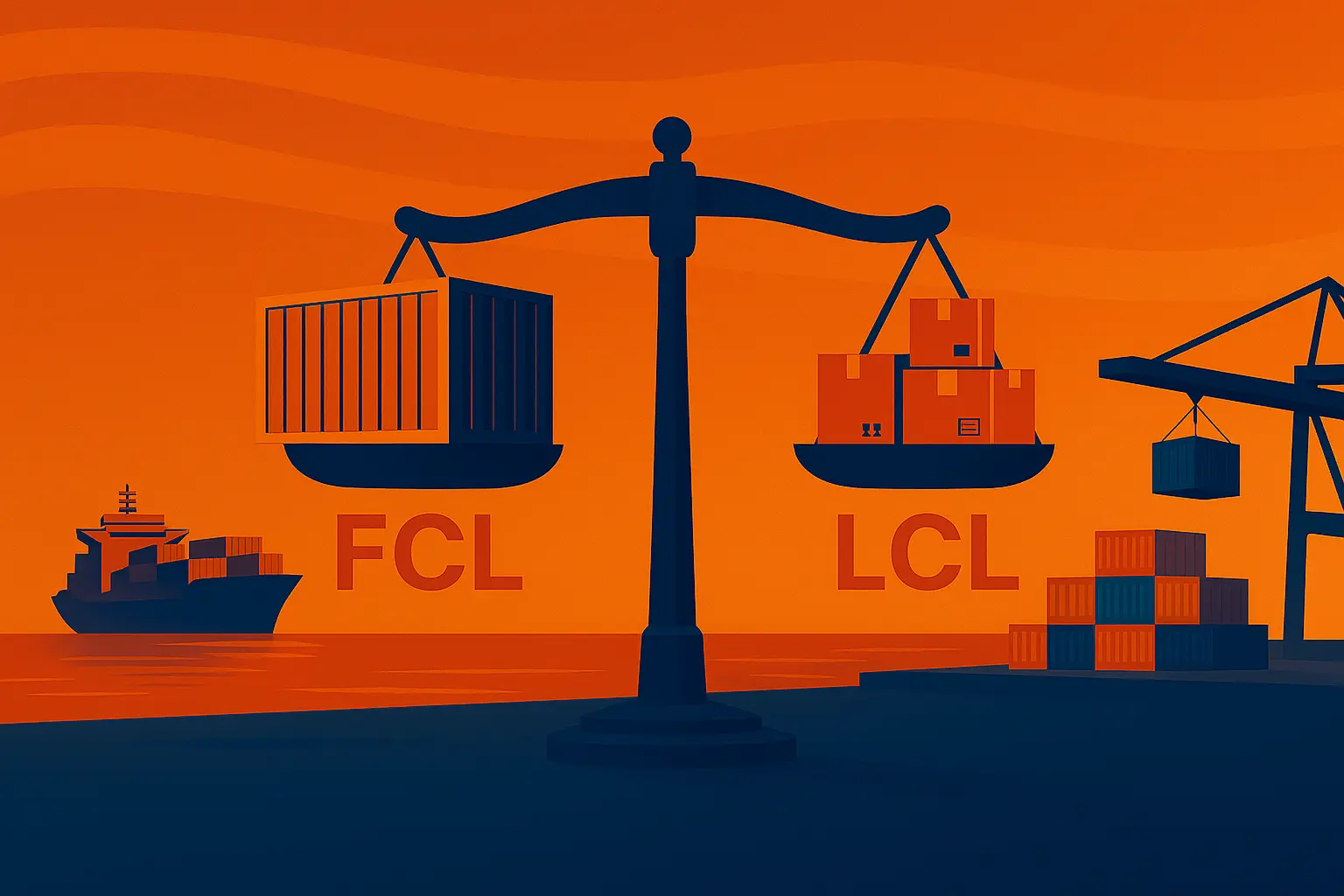Introduction
Successful shipments in Kuwait start with accurate paperwork: clear documents, correct customs classification, and full consistency between what is stated on the invoice and what is inside the packages. This guide gathers the essential shipping and customs clearance documents in Kuwait, when you need each one, what they must include, and frequent mistakes that cause delays—arranged logically from before shipment to release and delivery.
First: Core documents shared by most shipments
Commercial Invoice
- Purpose: customs valuation and the base for duties and taxes.
- Mandatory contents: seller and buyer details, precise line descriptions, quantities, unit prices and totals, currency, Incoterms rule (for example Free on Board / Cost and Freight / Cost Insurance and Freight), country of origin, and purchase order or contract number when applicable.
- Tip: avoid vague wording such as "miscellaneous items"; use technical descriptions that support customs classification.
Packing List
- Purpose: facilitate inspection and match paper to cargo.
- Contents: number of packages or containers, package type, dimensions, net and gross weights, shipping marks, and stowage inside the container when needed.
Certificate of Origin
- Purpose: prove origin and benefit from exemptions or agreements.
- Usually issued by the chamber of commerce in the exporting country.
- Tip: ensure the origin country matches the invoice and product description.
Transport Document (by mode)
- Ocean: Bill of Lading (original / express release / seaway bill).
- Air: Air Waybill.
- Road: CMR or relevant transit papers.
- Verify: ports or airports, vessel name or flight number, shipment status (on board or received for shipment), number of originals, and freight terms (prepaid or collect).
HS Codes (customs classification)
- Purpose: determine tariff category and any conformity or licensing requirements.
- Tip: request a pre-review of codes before shipping, especially for technical goods close to category boundaries.
Insurance Policy (when the Incoterms rule includes insurance)
Review coverage limits, exclusions, and claim procedures.
Second: Additional documents or permits depending on the product
Conformity or safety certificates
For example compliance for electrical and electronic equipment, performance or test reports for machinery, and Gulf conformity marks when applicable.
Authority licenses
For example wireless or telecommunications devices, specific medical equipment, certain chemicals, printed materials with intellectual property considerations, or regulated educational materials. Tip: check restricted and prohibited lists early to avoid refusal or return.
Health, veterinary, or phytosanitary documents
For food and agricultural or animal products: health certificate, pest-free certificate, extra origin proofs, or prior import permits.
Dangerous goods documentation (when applicable)
Material safety data sheets, United Nations numbers, packing and labeling instructions, and special transport permits.
Delivery Order
Issued by the shipping agent after settling financial and documentary requirements to collect cargo from the port.
Third: Documents and actions on electronic platforms
Electronic customs declaration
Submit shipment data on the Kuwait Customs platform (invoice items, packing list, HS codes, values, country of origin, and more). Ensure numbers and data match across the platform and papers—even small differences trigger comments.
Reference number and attachments
Keep signed or stamped digital copies when needed and upload in accepted formats such as PDF or JPEG according to the guidelines.
Electronic payments
Port or airport charges, customs duties, and any other applicable levies.
Fourth: Common scenarios and document impact
Re-export
May require a "no disposal" undertaking during the stay in Kuwait, an updated re-export invoice, clear reference to goods origin, and container or seal numbers.
Customs transit
Transit papers between entry and exit points within Kuwait, matching seals and container numbers, a defined transit window, and sometimes guarantees or tracking.
Transshipment
Transfer between carriers inside the port; focus on transfer instructions, handling and connection charges, and sailing schedules.
Temporary admission or exhibitions
May require guarantees, special procedures, validity periods, and a commitment to re-export within the timeframe.
Fifth: Errors that delay clearance, and how to avoid them
- Generic or incomplete descriptions: include models, technical codes, materials, and intended use when needed.
- Numeric mismatches: reconcile net and gross weights, package counts, and container dimensions.
- Incorrect HS classification: get a second opinion and provide technical sheets or catalogues to support the code.
- Missing authority permits: check restricted lists early; do not rely on fixing issues at arrival.
- Poor management of Bill of Lading originals: agree in advance on originals versus seaway bill, express release, or electronic Bill of Lading.
- Unrealistic values: stick to the true transaction value and clarify discounts or separate services on the invoice.
Sixth: Pre-shipment checklist
- Complete commercial invoice aligned with the purchase order.
- Accurate packing list that reflects physical reality.
- Certificate of origin issued by the proper body and matching the items.
- HS codes pre-reviewed with any required conformity evidence or permits.
- Chosen transport document and delivery modality (originals versus express or electronic Bill of Lading).
- Appropriate insurance when included by the agreed Incoterms rule.
- Clear clearance plan in Kuwait (port or airport, discharge slots, and port charges).
- Agreement with the customs broker on any item-specific additional paperwork.
Seventh: Arrival to delivery steps
Arrival notice
From the agent; verify vessel or flight, container or package numbers, and place of delivery.
Delivery order
Issued after settling the agent and carrier dues.
Customs submission
Upload documents electronically, enter HS codes, values, origin, and any accompanying permits.
Inspection and valuation
Physical or risk-based; here the quality of description and classification proves its value.
Payment and release
Pay duties and taxes when due, then obtain official release.
Final delivery and proof of delivery
Arrange gate-out and transport, then obtain the proof of delivery.
Frequently asked questions
What is the minimum set of documents for a typical commercial shipment?
Commercial invoice, packing list, certificate of origin, and a transport document (Bill of Lading, Air Waybill, or CMR). Additional authority requirements may apply depending on the product.
When should I use a seaway bill or express release?
When negotiable title is not required and you need fast delivery without circulating paper originals.
Do all products need conformity certificates or licenses?
No. Only regulated categories. Verify early whether your item is restricted.
Can HS classification be changed after submission?
It is possible before final release, but it adds time and increases inspection probability. Review the code beforehand.
How do I avoid valuation disputes?
Use the true transaction value and make any discounts or separate services explicit on the invoice.




